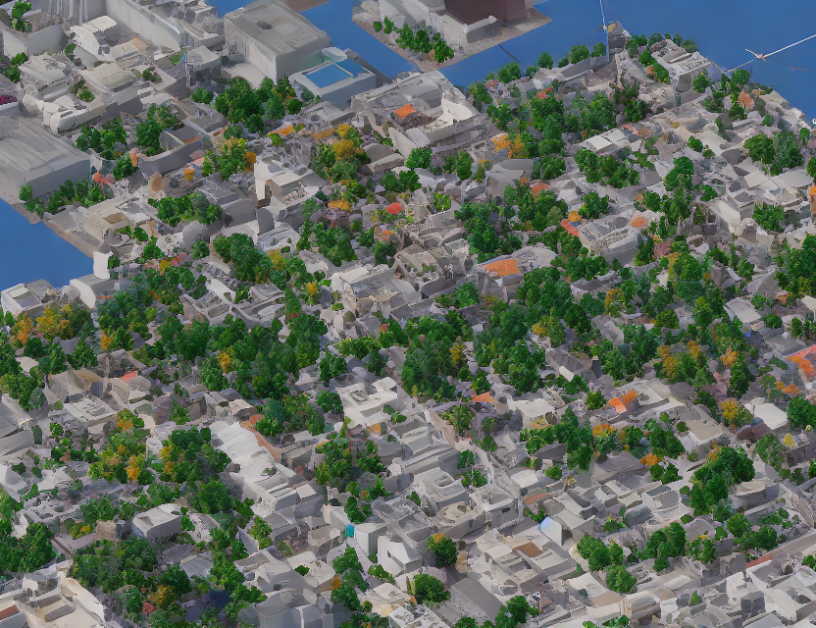In this paper, the authors propose a novel method for unsupervised clustering and distillation of point cloud data, which is a common challenge in computer vision and robotics. The approach leverages hierarchical segmentation to handle large cardinalities in point cloud data and incorporates semantic knowledge from foundation models like CLIP. Empirical results show that the proposed method outperforms previous versions and other state-of-the-art methods across different datasets, demonstrating its effectiveness.
The authors begin by discussing the challenges of unsupervised clustering in point cloud data, which often contains a large number of points with varying features and distributions. To address this issue, they propose a hierarchical segmentation method that over-clusters novel points using segmentation heads that output logits. This process allows the network to learn more informative features and increase the expressivity of its feature representations.
Next, the authors introduce their selection strategy, defined as the function ϕ, which combines the feature vectors from fg and predicted class probabilities to generate pseudo-labels for the points. These pseudo-labels are then processed using the Sinkhorn-Knopp algorithm to generate more effective labels.
The authors also incorporate semantic knowledge into their method by leveraging foundation models like CLIP. They show that this approach improves the performance of their method and demonstrates its potential in handling complex point cloud data.
In conclusion, the proposed method provides a novel solution for unsupervised clustering and distillation of point clouds, which is critical in various applications such as object recognition and scene understanding. By leveraging hierarchical segmentation and incorporating semantic knowledge, the authors demonstrate the effectiveness of their approach through extensive experiments on several datasets.
Computer Science, Computer Vision and Pattern Recognition
Enhancing Point Cloud Segmentation with Diverse Synonyms and Ensemble Templates



